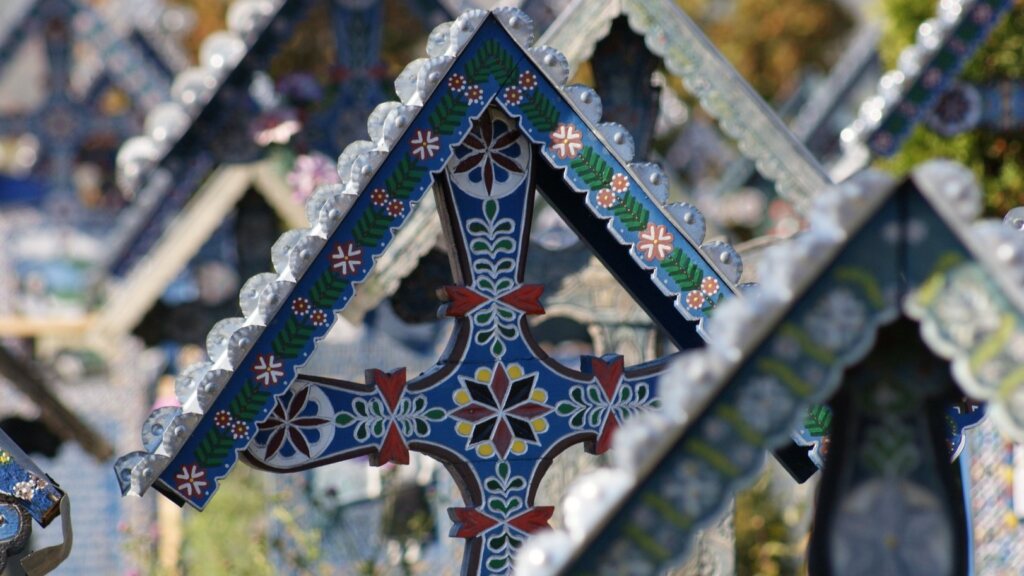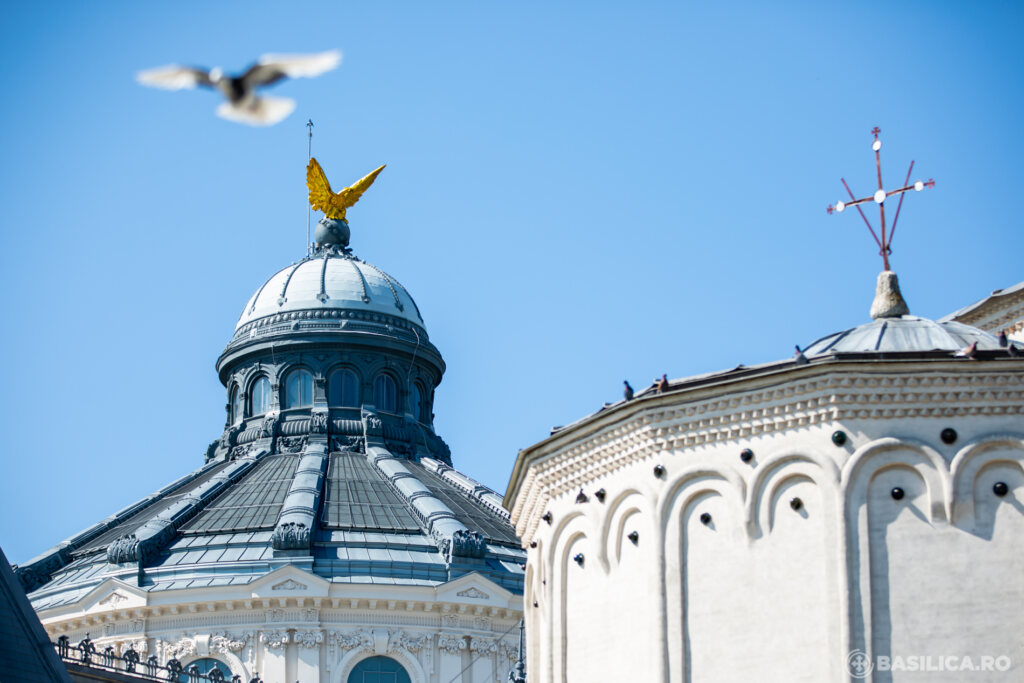Romfilatelia introduced into circulation on Friday, February 14, a new postage stamp issue entitled 100 years since the repose of Saint Nectarios of Aegina.
Saint Nectarios was born in 1846, in the Thracian Silivria (locality near Constantinople), from a poor but god-fearing parents, Dimos and Maria Kefalas receiving the name of Anastasios at baptism.
At the age of 14, he went to Constantinople to attend school. In 1866, at the age of 20, Saint Nectarios went to the island of Chios to serve as a teacher. On November 7, 1876, he entered monasticism, receiving the name of Lazarus, in the well-known Nea Moni Monastery.
A year later he was ordained a deacon, then, through the generosity of a rich Christian from the island and with the help of Patriarch Sophronios IV of Alexandria, he was able to finish his studies in Athens and obtain, in 1885, a diploma at the Faculty of Theology in the capital of Greece.
In the same year, Saint Nectarios left for Alexandria in Egypt, where he was ordained a priest at St. Nicholas Church in Cairo. A few years later, in 1889, he was ordained to the episcopacy and appointed Metropolitan of Pentapolis (a diocese corresponding to Upper Libya at that time) by Patriarch Sophronios, who appointed him a Patriarchal Secretary and representative in Cairo.
After only a year he was expelled from Egypt following the calumnies of envious clerics. He had to return to Athens, alone, disregarded, despised, in great material shortages. He remained a preacher for some years (1891-1894), and was later appointed director of the Rizarios Theological School, which trained future priests, where he remained for 15 years.
In 1904, at the request of several spiritual daughters who wished to become nuns, he founded the “Holy Trinity” Monastery on the island of Aegina, which today is one of the great pilgrimage sites in the Orthodox world.
In December 1908, at the age of 62, Holy Hierarch Nectarios resigned from the position of director of the theological school and retired to his monastery in Aegina, where he remained until the end of his life.
He passed to the Lord on November 8th, 1920, following prostate cancer. He was buried in his monastery by the iconic Hieronymite Sava, who later painted the saint’s first icon.
At the age of 33, in 1953, the relics of the Holy Hierarch Nectarios are moved to the new church of the monastery. The commemoration of his relocation is celebrated on September 3rd.
On April 20th, 1961, the Ecumenical Patriarchate of Constantinople proclaimed the canonization of St. Nectarios, commemorating November 9.
Saint Nectarios Thaumaturge is one of the most beloved and most sought after saints recently known, especially as a healer. The miracle-making power that springs from its relics, located at the “Holy Trinity” Monastery on Aegina Island, attracts thousands of believers. Those seeking peace and healing can worship the relics of the Holy Nectarians and at the Monastery “Radu Voda” in Bucharest, where there is a fragment donated in 2002 by a Greek archbishop and kept in a reliquary within a canopy in the church’s fortress.
By bringing this blessed gift, this monastery became “Romanian Aegina”.
The icon of the Holy Hierarch of Aegina reproduced on the homage postage stamp, is part of the patrimony of the Monastery “Radu Voda” with the dedications of the Holy Trinity and the Holy Hierarch Nectarios from Aegina. The monastery was founded by the voivode Alexander II Mircea (1568-1577) and his lady, Catherine with the intention of being the Metropolitanate of the Capital.
Romfilatelia brings thanks to the Monastery “Radu Voda” in Bucharest, for the blessing and the documentary support offered to the achievement this postage stamps issue.
English article by Romfilatelia






